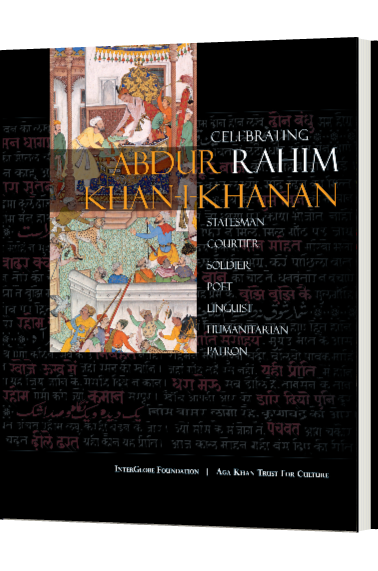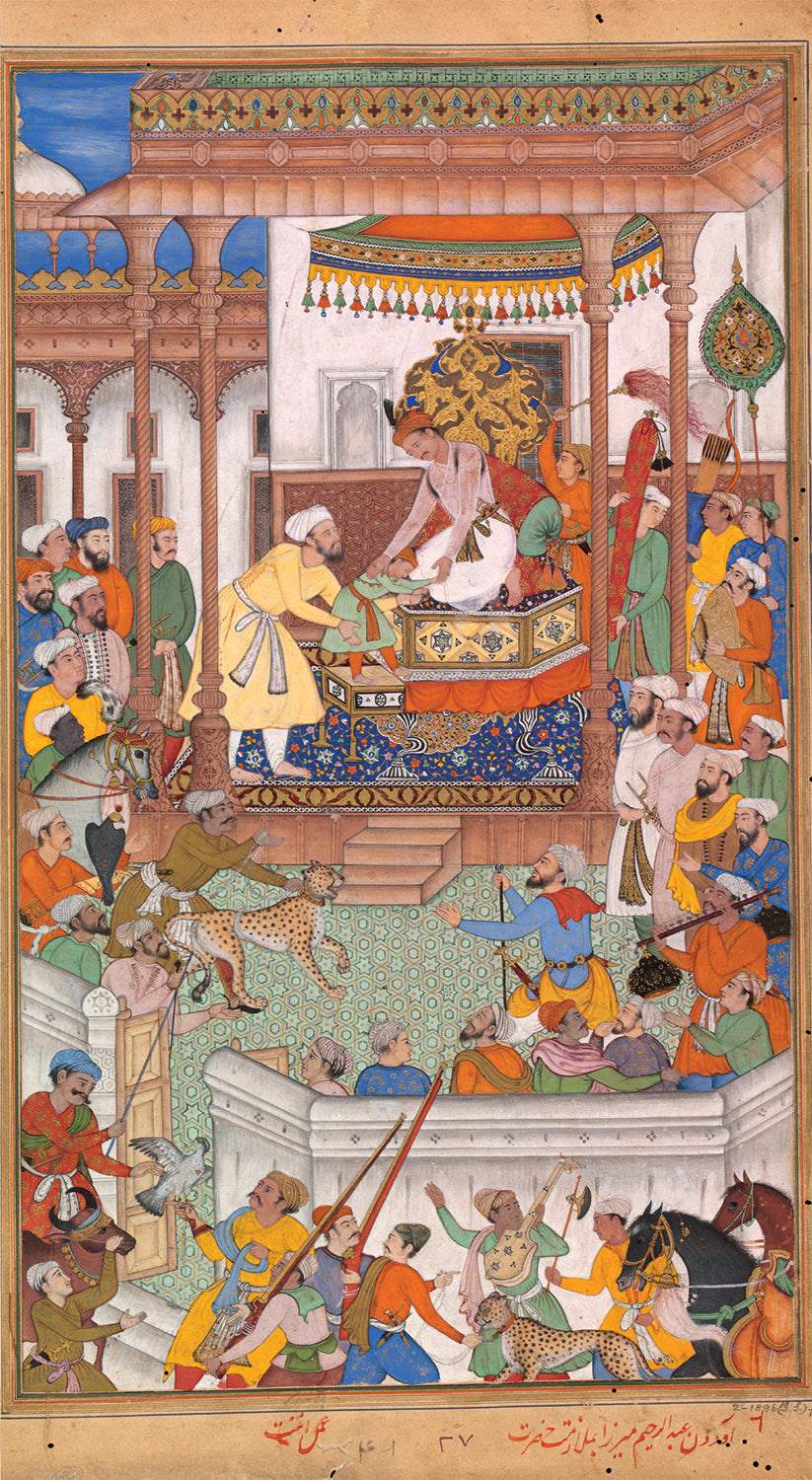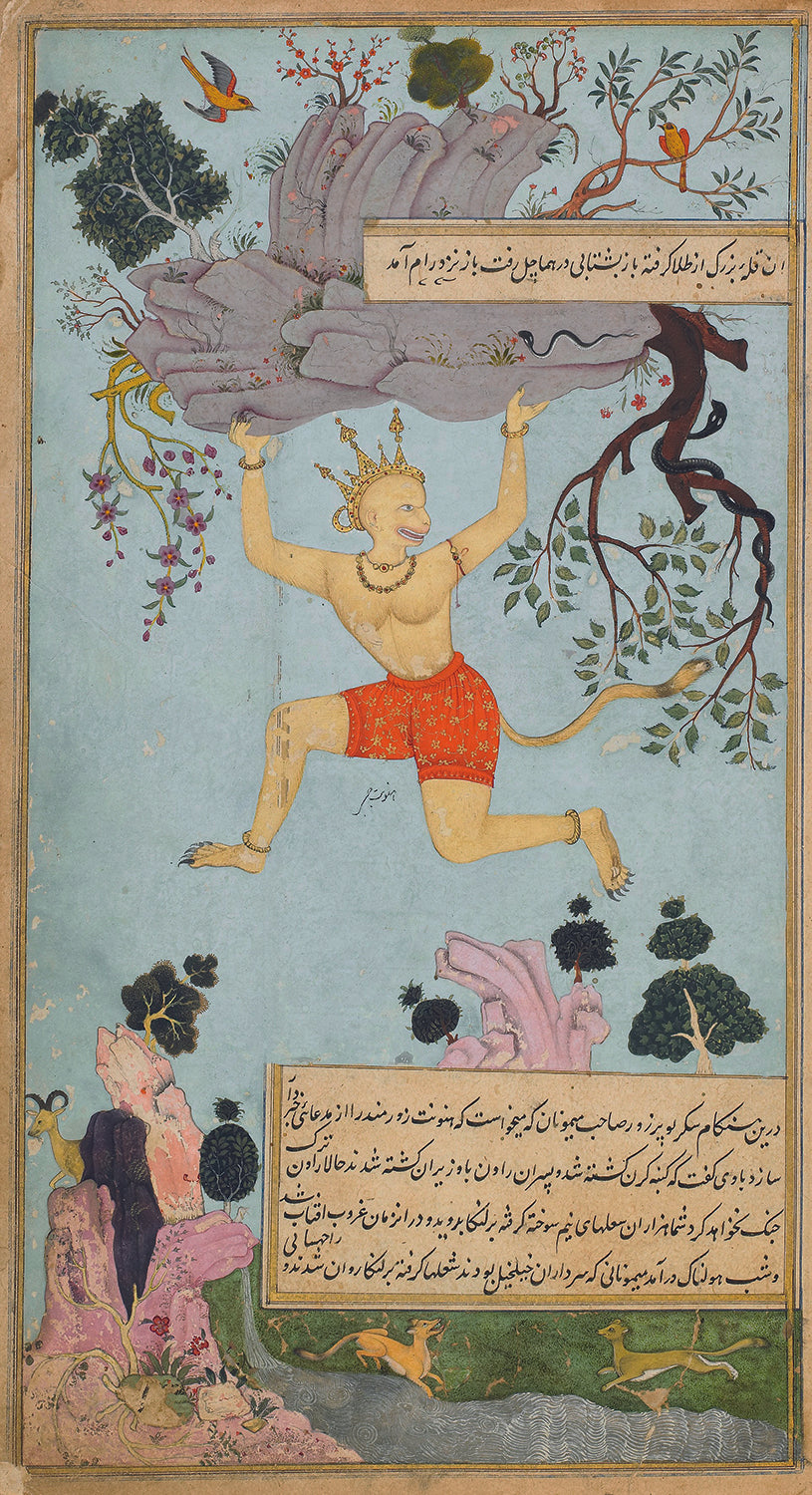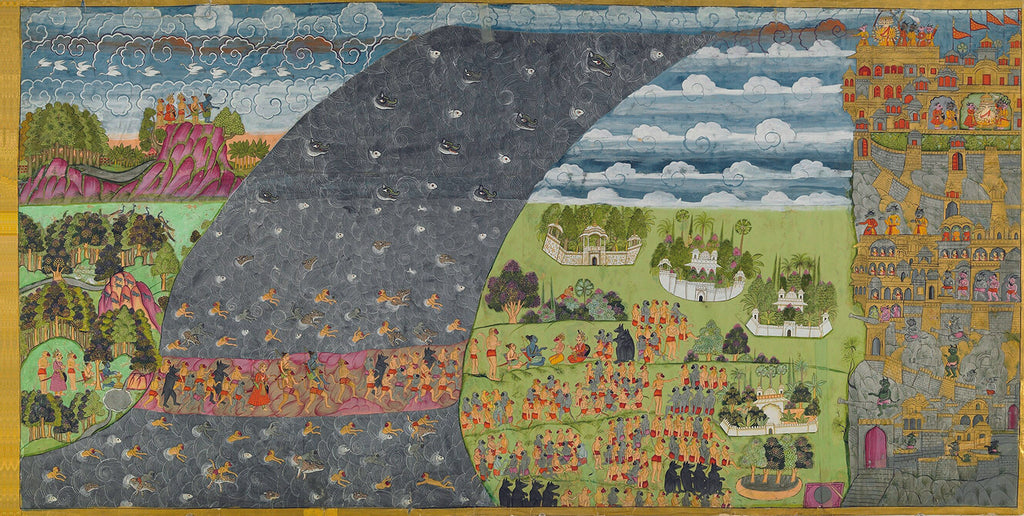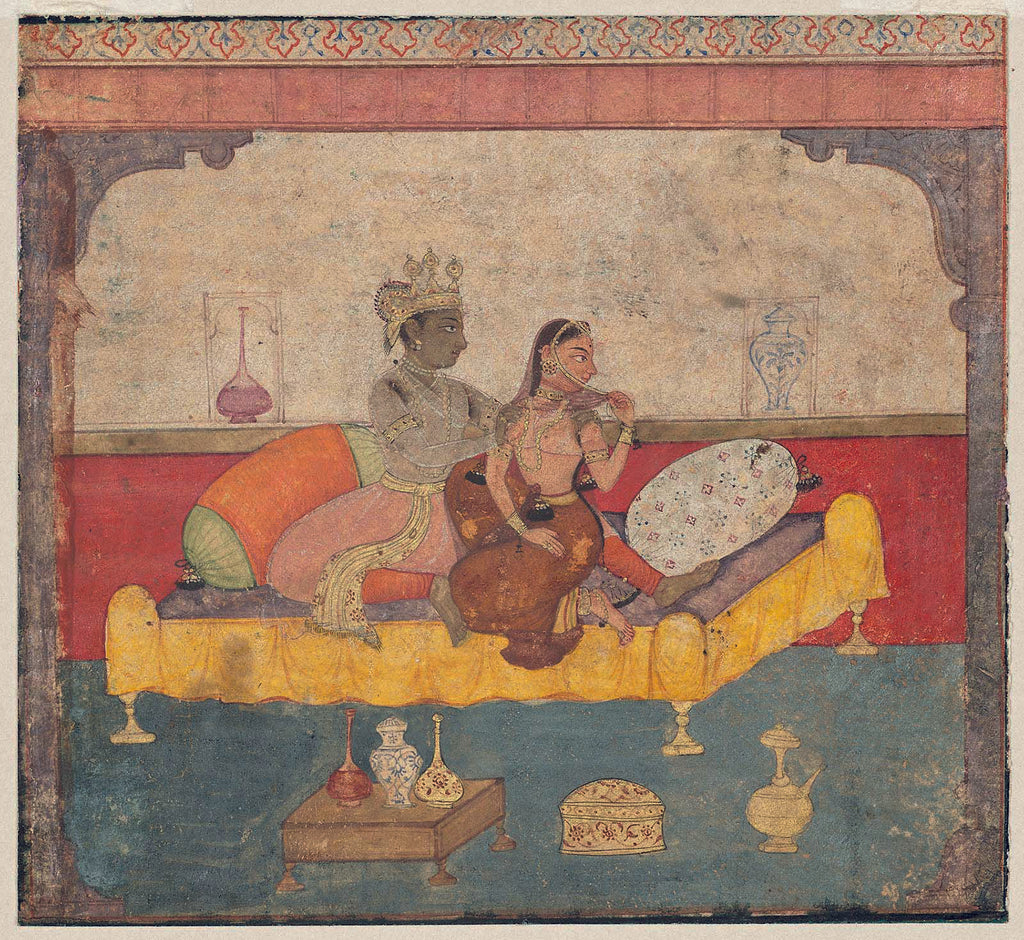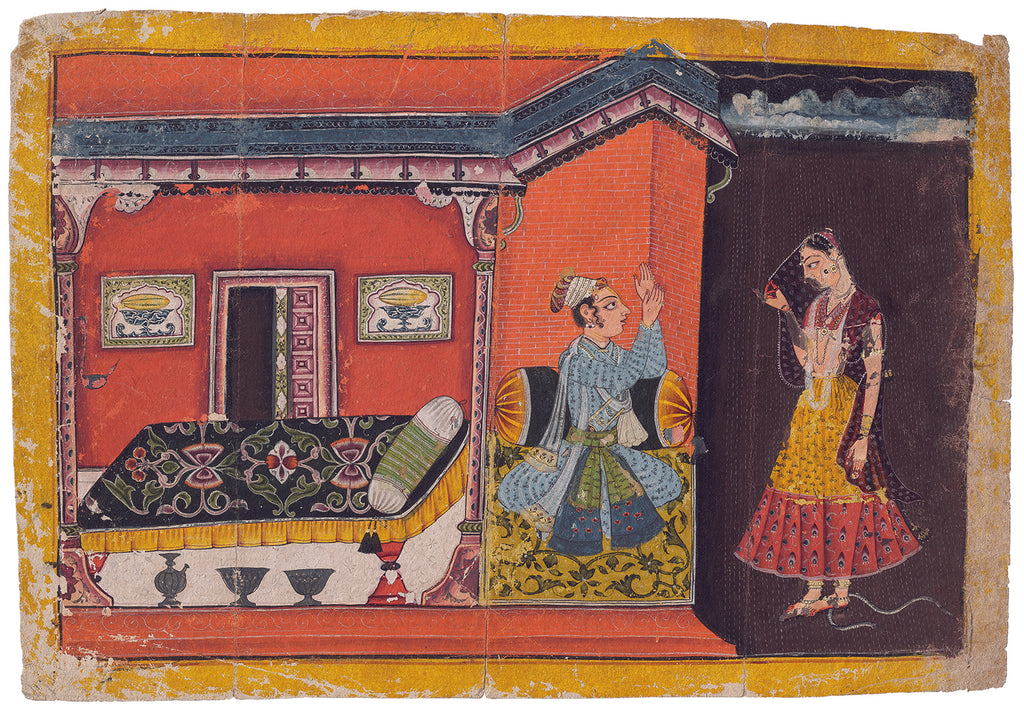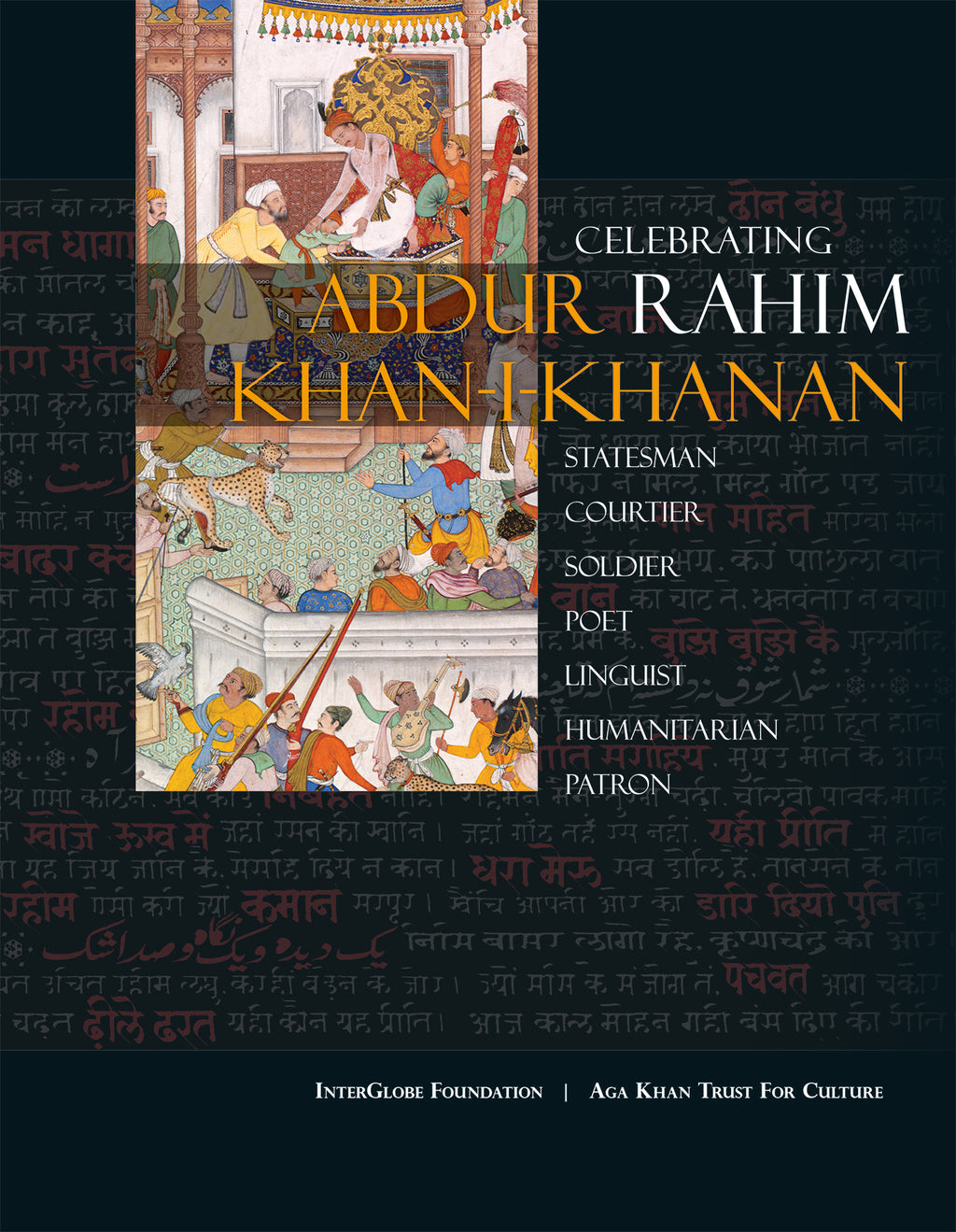Celebrating Rahim
Abdur Rahim Khan-I-KhananAbdur Rahim Khan-i-Khanan (1556–1627), referred to in Mughal records as the ‘noble of nobles’, was one of the Nine Gems of Emperor Akbar’s court
- Category: All Books, Art, Festive Gifting
Raised in the pluralistic environment of Akbar’s court, Rahim acquired proficiency in Persian, Arabic and Turki, among many others. His mother tongue was Hindavi, and he developed a refined taste and sensibility for poetry in different languages. Rahim’s atelier produced beautifully illustrated translations of the Ramayana and Mahabharata into Persian and a set of Ragamala paintings, among other Persian books and he is also credited with the translation of the Baburnama from Chaghatay Turki to Persian. Rahim Khan-i-Khanan is also credited with the construction of beautiful buildings, canals, tanks, pleasure gardens in Agra, Lahore, Delhi, and Burhanpur.
This book, published alongside a cultural festival of the same name that included an exhibition, concerts, plays and lectures, is the first to capture the manifold attributes of Rahim in a single, richly illustrated volume.
The various essays by renowned experts offer biographical perspectives to locate Rahim’s life and his artistic and political approach in the intellectual and imperial framework of the Mughal durbar; shine a light on exceptional literary talents, summarising his work from Persian to Hindi with popular dohās and lesser–known barvais; and also present Rahim in the context of the present. Several charming references, anecdotes and examples of Rahim and his poetry throughout help comprehend the making of Rahim as a legend in the world of Hindi poetry.
The accompanying music CD contains a remarkable selection of Rahim’s verses, also documented with translation in the second part of this volume, set to music with ragas and vernacular symphonies, performed for the first time by select folk and classical artists especially commissioned for the festival. These audio tracks are also available on the BooksPlus app for mobile devices.
Presenting a biographical, visual and musical narrative, Celebrating Rahim demonstrates the humanitarian and pluralistic legacy of Abdur Rahim Khan–i–Khanan in governance, art and life.
InterGlobe Foundation sees equality in all and aspires to touch lives by dedicating itself to building partnerships and supporting sustainable programmes that bring together resources, expertise and vision in critical areas such as environmental change, job creation and the preservation of Delhi’s heritage.
InterGlobe Foundation, with a vision to promote India’s heritage and culture, sees a great opportunity in undertaking efforts in promoting India’s tangible and intangible heritage and culture. At InterGlobe Foundation there is a belief that heritage conservation not only seeds a sense of identity in communities inhabiting historic districts but also fulfills our responsibility of passing on India’s rich heritage into the hands of generations to come. With these objectives in mind, InterGlobe Foundation joined hands with Aga Khan Trust for Culture for conservation of Rahim’s tomb and revival of his literary works through publications, exhibitions and films. The conservation initiative at Rahim’s tomb is an endeavour to revive the art and artistry of a person of such magnified stature and to ensure a new lease of life for the grand mausoleum that inspired the Taj Mahal.
Aga Khan Trust for Culture is the cultural agency of the Aga Khan Development Network. Founded and guided by His Highness the Aga Khan, AKDN focuses on health, education, culture, rural development, institution-building and the promotion of economic development. It is dedicated to improving the living conditions and opportunities for the poor, without regard to their faith, origin or gender. AKDN works in over thirty countries around the world, employing 80,000 people.
Across urban conservation projects worldwide, AKTC aims to leverage the unique transformational power of culture to bring development and improve the quality of life for communities that often have a rich cultural heritage yet live in poverty.
Since 2007, AKTC has been implementing the Nizamuddin Urban Renewal Initiative as a non-profit public–private partnership between Archaeological Survey of India, South Delhi Municipal Corporation, Central Public Works Department and a host of private agencies such as the InterGlobe Foundation. The effort has three broad components: heritage conservation, improving the quality of life and environment development of historic urban landscapes.
Contributions by Shakeel Hossain, TCA Raghavan, Harish Trivedi, Iqtidar Husain Siddiqui, Eva Orthmann, Sunil Sharma, Chander Shekhar, Mehr Farooqi, Richard Cohen, Rupert Snell, Wheeler M. Thackston, Allison Busch, and Ratish Nanda
• Acknowledgements
• Introduction
• The Revival of Rahim in Modern India
• Rahim in his World and in Ours
• Abdur Rahim Khan-i-Khanan: A Biographical Note
• The Donor is Somebody Else
• Abdur Rahim Khan-i-Khanan as Patron and Benefactor
• Nihavandi on Rahim as Interpreter, Translator, and Poet
• From the Pen of ‘Abdur Rahim Khan-i-Khanan
• His Persian Translation of Bāburnāma
• Abdur Rahim Khan-i-Khanan and his Worlds of Poetry
• Briefly Put: Rahim’s Barvai Couplets
• Life and Love in the Couplets of Rahim
• Rahim, Building his Wife’s Mausoleum
• Appendix
• Verses in Music
• Timeline
• Glossary
• Extended Bibliography and Further Reading
• Contributors and Participants
• Credits
| ISBN | 9789385360275 |
| Pages | 272 |
| Number of illustrations | 93 with music CD |
| Size | 8.66 x 11" (220 x 280 mm), hc |
| Date of Publishing | 2017 |
| Language(s) | English |
| Co-publisher(s) | Mapin in association with InterGlobe Foundation and Aga Khan Trust For Culture |
| Rights Available | World rights |





